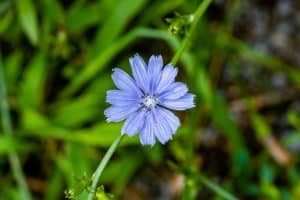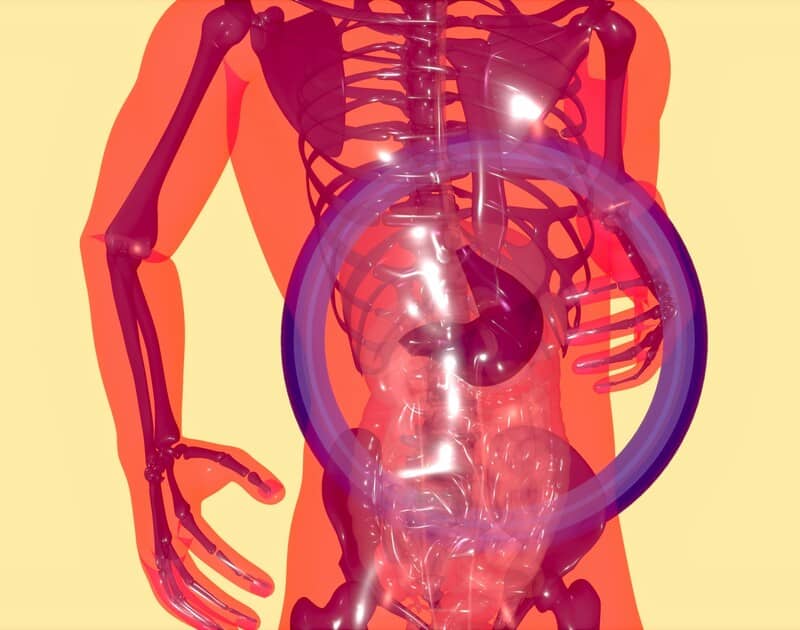Every year, nature undergoes a stunning transformation by changing seasons. Spring, summer, autumn, and winter each have its own set of changes, impacting everything from weather patterns to the behavior of plants and animals. In this article, we’ll discuss the changing of seasons and how nature transforms throughout the year.
Understanding the Changing Seasons
The changing seasons happen due to the Earth’s tilt and orbit around the sun. As it travels along its path, the angle of its tilt causes different parts of the world to receive different amounts of sunlight. During summer, your hemisphere is tilted toward the sun, resulting in longer days and warmer temperatures. In winter, your hemisphere is tilted away, resulting in shorter days and colder weather. Spring and autumn act as transitions, where daylight and temperatures start to change.
Spring – Nature’s Awakening

The spring season is the renewal of plant life. As the days grow longer and temperatures increase, seeds come out of dormancy. The increased sunlight during spring warms the soil which signals the seeds that it’s time for them to sprout. Spring is also a time for animals to emerge from hibernation or return from migration. Bears, hedgehogs, and other hibernating animals “wake up”, while birds and monarch butterflies migrate back from their wintering grounds. The new plant life provides plenty of food creating good conditions for animals to start their breeding cycles. In the later part of the season, baby birds and fawns are common sights.
Lastly, during the spring season rain returns. These showers saturate the soil, providing another essential factor that encourages seeds to sprout. Additionally, the combination of rain and the warmer temperatures promotes lush landscapes. This sets the stage for vigorous growth through the coming months.
Summer – The Season of Abundance
The summer season is when plants reach their fullest, most vibrant state. With the long, warm days, vegetation thrives. If you’re a gardener, you’ll know that plenty of plants are grown during this time. Fruits and vegetables like cucumbers, peppers, tomatoes, squash, corn, and more are found in gardens everywhere. The extended daylight hours and consistent warmth provide plants with the ideal conditions to maximize photosynthesis, leading to rapid growth and production.
For animals, summer is a time of activity and preparation. Many species focus on raising their young. Their main focus is to ensure they grow strong before the harsher months return. Animals tend to be more visible during this time because they’re engaging in behaviors like hunting and foraging. In fact, it’s why summer is one of the best times to visit Yellowstone National Park if you want to view wildlife.
While summer brings growth and activity, it also brings challenges. Heat waves can stress plants and animals and can even lead to water shortages in some areas. Additionally, pests, like mosquitoes and aphids, thrive in the warmer months. They can spread disease and damage crops. Despite these challenges, most of nature adapts.
Autumn – Nature Prepares for Rest
Concerning the changing seasons, Autumn is a loved season for a wide variety of reasons. The main reason is the stunning display of red, orange, and yellow leaves. This transformation happens as trees prepare for winter. During the growing season, chlorophyll in the leaves keeps them green. This is important because it allows for photosynthesis. As days shorten and temperatures drop, chlorophyll begins to break down, revealing pigments like carotenoids (yellows and oranges) and anthocyanins (reds). Trees will shed leaves to conserve energy and water. They essentially enter a state of dormancy to survive the colder months.
Additionally, autumn is a season of gathering. Farmers harvest crops like pumpkins, apples, and corn, while wild plants produce nuts, berries, and seeds. Like humans, animals make the most of this as well. Squirrels will spend their time gathering and storing nuts to ensure they have food for the winter. Deer, bears, and other wildlife feast on nuts, seeds, and berries to build up their fat reserves so they can survive when resources are scarce.
As temperatures drop, many animals prepare for the challenges ahead. Birds and monarch butterflies will begin their long migrations to warmer climates. They’re mostly influenced by instinct and changing season conditions like temperature and light. Other animals, like bears, prepare for “hibernation”. Each species finds its way to adapt, ensuring survival until spring returns.
Winter – The Quiet Dormancy
Winter is the time of rest for nature. As temperatures drop and daylight hours shorten, many plants and animals enter a state of dormancy. Plants will halt their growth to conserve energy or die back completely. However, there is an exception. Evergreens will continue to photosynthesize, albeit at a slower rate. Their needle-like leaves are adapted to withstand cold, harsh conditions. They retain moisture and capture sunlight even when snow blankets them.
Animals have their own ways of enduring the changing seasons. Some, like bears, enter hibernation which is a state of energy conservation. It involves the slowing of the metabolism, lower body temperature, and even a slower heart rate. Others, such as arctic foxes, grow thicker, insulated coats and even change color to blend into the snowy environment.
Winter transforms the landscape into a scene of bare, quiet beauty. Trees sit bare against a pale sky while snow blankets the ground. Lakes and ponds freeze over changing how animals navigate and interact. Even the soundscape shifts, often muffled by the snow, creating a stillness that can only be experienced during this season.
Wrapping Up
Nature continually adapts across seasons, showcasing a remarkable cycle of growth, rest, and renewal. As you observe the changing seasons, take time to appreciate the intricate balance of life. Remember, nature’s resilience and adaptability depend on our actions; protecting natural ecosystems is essential for future generations to enjoy the beauty of our world including the changing seasons.




